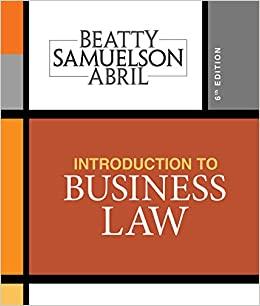
solution for this
1. Suppose in Minteville, a small isolated town, that there are three providers of smartphone services. The inverse market demand curve for their service is P = 1000 - 1 900 P = 1000-0.0011Q, where O is total market quantity of all monthly subscribers in Minteville and P is the price of a month of basic service (in dollars). Suppose each of the three firms can provide any quantity of services. Each firm has identical total cost functions of TC = 20Q, implying they have no fixed cost and no taxes. All providers sell identical basic services so there is no brand loyalty among consumers. There are no additional fees and no long-term commitments in the smartphone service contracts. a. If the firms compete in a free market essentially in a Bertrand competition, how many subscribers would each firm want to provide services? What will be the price? How much profit will each provider earn? b. If the three firms cooperate (or collude) and essentially evenly split the monopoly market, how many customers will be served and what will be the price of monthly services? How much profit will each provider earn? c. Suppose one of the firms cheats and sells to 10,000 more customers than what is expected in part b) while the other two serve the same amount of customer base as suggested by part b). What will happen to the cheater's profit? What will happen to the other providers' profits? Did any of the providers benefit or lose from the one firm deviating? 2. Suppose in EverTired Town there are only two producers of energy drinks, JitterJuice and FastFuels. The town's monthly inverse demand curve for energy drinks is P = 8-0.050 where P is the price of a can of the energy drink in dollars and O is the total market quantity of energy drinks (in hundreds). The total cost of producing energy drinks for JitterJuice is TC = 0.04Q, and the total cost for FastFuels is TC=0.05Q. Show your work. a. Derive and graph each company's reaction curve. b. If the market is in a Cournot equilibrium, how many energy drinks does each company produce? c. In equilibrium, what is the market price of energy drinks? d. How much profit does each company earn








